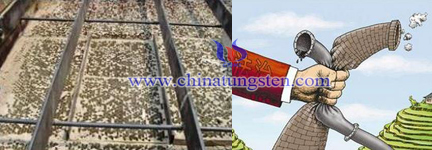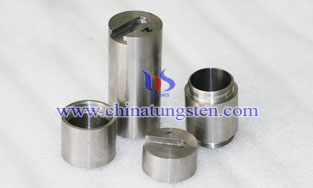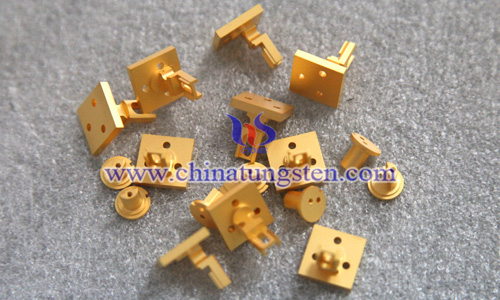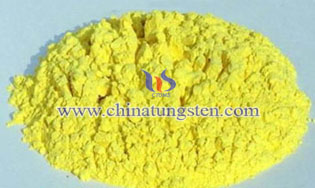Interpret "National Catalogue of Hazardous Wastes", Regenerate WO3 Waste Denitration Catalyst
- Details
- Category: Tungsten's News
- Published on Friday, 01 July 2016 17:39
- Hits: 608
 Recently, China has revised and promulgated the "National Catalogue of Hazardous Wastes" (version 2016), and will be taken effect on August 1st, 2016. In this revising, the 49 major categories 400 kinds of hazardous wastes of the 2008 edition of was adjusted to 46 major categories 479 kinds (362 kinds from the original catalogue, and 117 kinds added); wherein the primary organic solvents waste, waste halogenated organic solvents and waste organic solvent are combined into the waste organic solvents and waste solvent-containing, and removed the containing polychlorinated furans waste and containing polychlorinated dioxins, while increased the waste category of waste catalyst at the same time.
Recently, China has revised and promulgated the "National Catalogue of Hazardous Wastes" (version 2016), and will be taken effect on August 1st, 2016. In this revising, the 49 major categories 400 kinds of hazardous wastes of the 2008 edition of was adjusted to 46 major categories 479 kinds (362 kinds from the original catalogue, and 117 kinds added); wherein the primary organic solvents waste, waste halogenated organic solvents and waste organic solvent are combined into the waste organic solvents and waste solvent-containing, and removed the containing polychlorinated furans waste and containing polychlorinated dioxins, while increased the waste category of waste catalyst at the same time.
With the deeply controlling of Chinese air pollution, the using amount of the catalyst which is the core of SCR denitration system will be more and more, and that means more waste catalyst will be created. The current approach to handle the waste denitration catalyst is usually the landfill, incineration, recycling treatment; the recycling treatment can divided into directly regeneration and comprehensive recovery; directly regeneration will be able to save a lot of money for the company, because the total cost of the catalyst takes about 30% of the whole investment of denitration system. SCR DeNOx catalyst usually takes titanium dioxide as the carrier, vanadium pentoxide as the main active material, tungsten trioxide (WO3) as the co-catalyst which plays the roles of sulfur poisoning, anti-sintering of carrier ect.. Because vanadium pentoxide is a highly toxic substance, if it is discharged directly into the environment, it will bring a huge threat to the environmental protection, and also may cause damage to human bodies and animals; therefore, it is imperative for its regeneration and recycling.
The regeneration methods of WO3 waste denitration catalyst ate the online regeneration and plant regeneration, on-site regeneration is now not advocated, due to secondary pollution caused, and the not enough professional of the on-site personnel; and the plant regeneration is a regenerated way which promoted more, because the activity of the renew waste WO3 denitration catalyst can be greatly, and furthermore, with the more perfect of the entire treatment process, it will cause no secondary pollution.
| Tungsten Oxide Supplier: Chinatungsten Online www.tungsten-oxide.com | Tel.: 86 592 5129696; Fax: 86 592 5129797;Email:sales@chinatungsten.com |
| Tungsten News & Prices, 3G Version: http://3g.chinatungsten.com | Molybdenum News & Molybdenum Price: http://news.molybdenum.com.cn |








 sales@chinatungsten.com
sales@chinatungsten.com